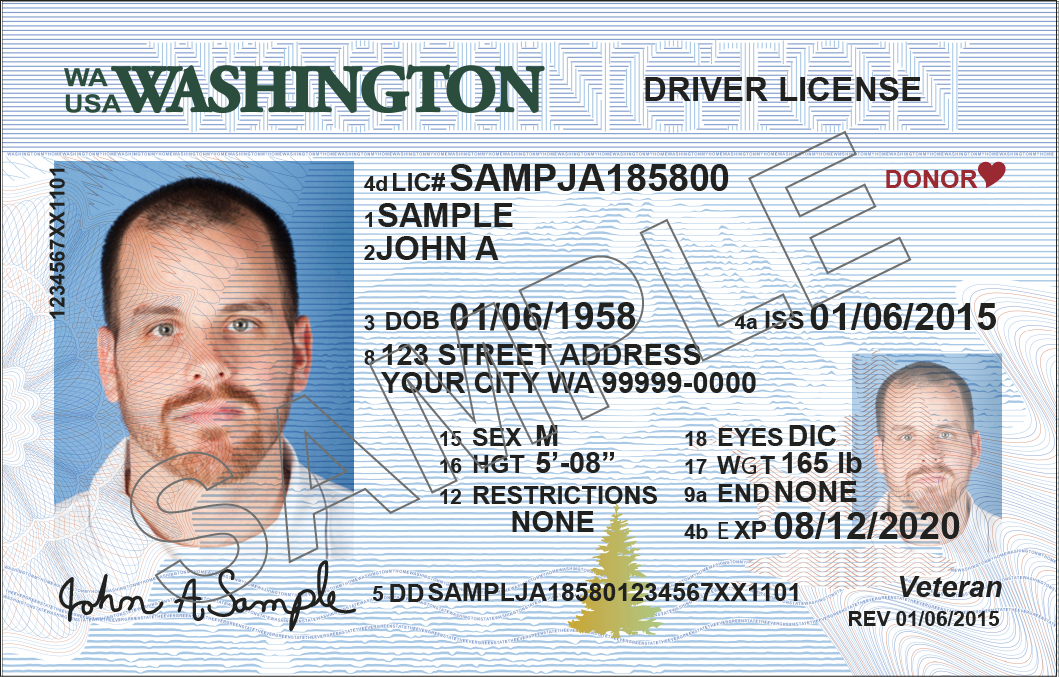Driver License Format By State

State Driver’s License Formats State License Format Alabama 1-7Numeric Alaska 1-7Numeric Arizona 1Alpha+1-8Numeric or 2Alpha+2-5Numeric or 9Numeric.
In the United States of America, are issued by each individual,, and the rather than by the federal government because of the concept of. Drivers are normally required to obtain a license from their state of residence and all states recognize each other's licenses for temporary visitors subject to normal age requirements. A state may also suspend an individual's driving privilege within its borders for traffic violations. Many states share a common system of license classes, with some exceptions, e.g. Commercial license classes are standardized by federal regulation. Contents • • • • • • • • • • • • • • • • • History [ ] In 1899 and were the first locales to require testing before being allowed to drive a motor vehicle.
And were the first U.S. States to require a license for driving a motor vehicle in 1903; however, Missouri did not require testing before a license was granted. Pennsylvania's 1909 licensing laws were the first to give an age restriction ('18 years of age') and the first state to allow 16-year-olds to drive (accompanied by a licensed driver) was Connecticut in 1921. Quite A Box Of Tricks Serial.
Standard and special licenses [ ] • Unrestricted Licenses are driver's licenses that most American drivers have in order to drive. Various states differ on what class they utilize to distinguish between a typical driver's license and special licenses, such as restricted, chauffeur, or motorcycle licenses. For instance, designates Class D as a regular driver's license, while Class M is a motorcycle license and Class H is a hardship license (see below). • Hardship licenses for minors are driver's licenses that are restricted to drivers between 14 and 15 (sometimes up to 18) years old who need to drive to and from home and school due to serious hardships, e.g.